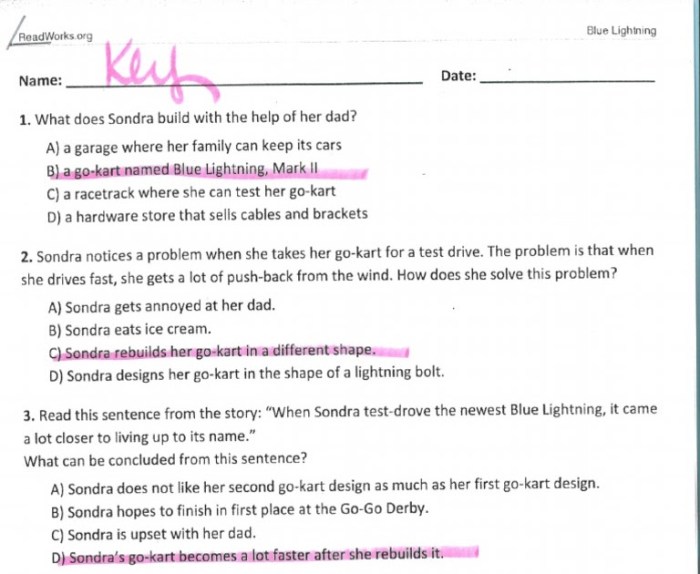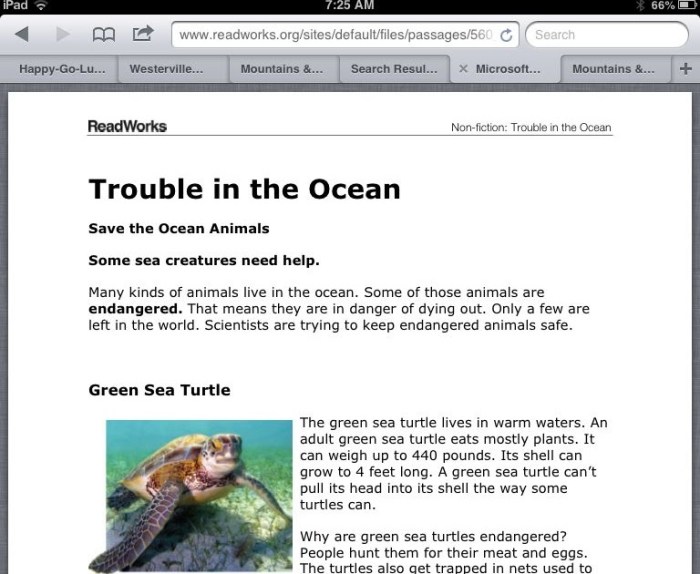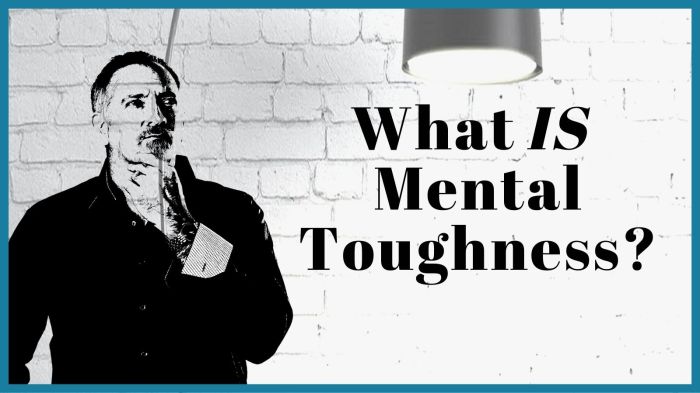The Holocaust ReadWorks Answer Key PDF serves as an invaluable resource for delving into the depths of one of history’s darkest chapters. This meticulously crafted document provides a comprehensive guide to understanding the Holocaust, its causes, perpetrators, victims, and the enduring impact it has left on our collective memory.
As we embark on this journey of exploration, we will uncover the key facts and statistics that define this tragic event, examining the political ideologies, anti-Semitism, and economic conditions that fueled its horrors. We will delve into the experiences of both the perpetrators and victims, shedding light on the suffering endured and the resilience that emerged amidst unimaginable darkness.
1. Holocaust Definition and Historical Context
The Holocaust refers to the systematic genocide of approximately six million Jews by the Nazi regime and its collaborators during World War II. It was a period of unprecedented darkness and horror in human history.
The Holocaust was the culmination of centuries of anti-Semitism and discrimination against Jews in Europe. The Nazis, led by Adolf Hitler, exploited these prejudices and used them as a pretext for their genocidal campaign.
2. Key Facts and Statistics: The Holocaust Readworks Answer Key Pdf
The Holocaust was one of the most devastating events in human history. Here are some key facts and statistics:
| Fact | Statistic |
|---|---|
| Number of victims | Approximately six million Jews |
| Number of perpetrators | Nazi leaders and their collaborators |
| Countries involved | Germany and Nazi-occupied territories |
| Duration | 1941-1945 |
3. Causes and Motivations
The Holocaust was caused by a complex interplay of factors, including:
- Political ideologies: The Nazis espoused a racist and anti-Semitic ideology that viewed Jews as inferior and a threat to the German nation.
- Anti-Semitism: Centuries of anti-Jewish prejudice and discrimination in Europe provided fertile ground for the Nazis’ genocidal propaganda.
- Economic conditions: The Great Depression created economic instability and social unrest, which the Nazis exploited to gain political power.
4. Perpetrators and Victims

The Holocaust was perpetrated by the Nazi regime and its collaborators. Key perpetrators included:
- Adolf Hitler: The leader of the Nazi Party and the architect of the Holocaust.
- Heinrich Himmler: The head of the SS, the Nazi paramilitary organization responsible for carrying out the Holocaust.
- Reinhard Heydrich: The head of the Gestapo, the Nazi secret police.
The victims of the Holocaust were primarily Jews, but also included Roma, homosexuals, and other groups targeted by the Nazis.
5. Concentration and Extermination Camps
The Nazis established a network of concentration and extermination camps across Europe. These camps were used to imprison, torture, and murder millions of people.
Major camps included:
| Camp | Location | Number of victims |
|---|---|---|
| Auschwitz-Birkenau | Poland | Approximately 1.1 million |
| Treblinka | Poland | Approximately 850,000 |
| Belzec | Poland | Approximately 600,000 |
| Sobibor | Poland | Approximately 250,000 |
| Majdanek | Poland | Approximately 360,000 |
6. Resistance and Liberation

Despite the horrors of the Holocaust, there were acts of resistance and opposition. These included:
- Armed uprisings: In 1943, prisoners at the Treblinka and Sobibor extermination camps staged uprisings.
- Escape attempts: Many prisoners attempted to escape from the camps, with varying degrees of success.
- Aid from outside: Some individuals and organizations provided aid to victims of the Holocaust, including hiding them and smuggling them to safety.
The Holocaust was finally ended in 1945 with the defeat of Nazi Germany by the Allied forces.
7. Legacy and Impact
The Holocaust has had a profound and lasting impact on society. It has influenced:
- Human rights: The Holocaust has led to the development of international laws and institutions to prevent genocide and protect human rights.
- Genocide prevention: The Holocaust has served as a warning about the dangers of prejudice and discrimination and the importance of genocide prevention.
- Historical memory: The Holocaust is remembered and commemorated through museums, memorials, and educational programs to ensure that its horrors are never forgotten.
Essential Questionnaire
What is the Holocaust?
The Holocaust refers to the systematic genocide of approximately six million Jews by Nazi Germany and its collaborators during World War II.
Who were the key perpetrators of the Holocaust?
The primary perpetrators were Nazi leaders, including Adolf Hitler, Heinrich Himmler, and Reinhard Heydrich, along with their collaborators in occupied territories.
What were the major concentration and extermination camps used during the Holocaust?
Notorious camps included Auschwitz-Birkenau, Treblinka, Dachau, and Bergen-Belsen, where millions of Jews and other victims were imprisoned and murdered.

